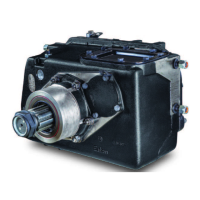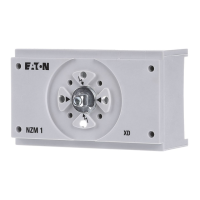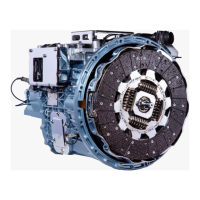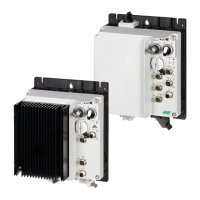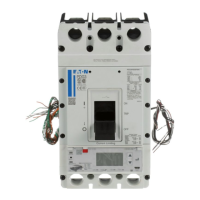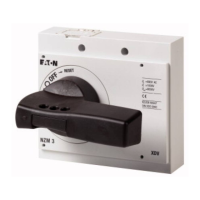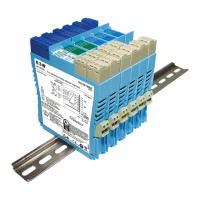Rubber
Sleeve
Long
Air Tube
Spacers
Fig. 11
2.7.1.2
2.6.6
Align the air connections and reassemble the
element halves, making sure the spacers are in
place between the elements. See Figure
11.
2.6.7
Reassemble the air connection tubes. If an
elbow has been removed, use a good quality
pipe sealant on the threads. See Figure
11.
Note: The elbow assemblies on the outboard
element (farthest from the spider) use rubber
compression sleeves. Make sure the sleeves
are securely on the long air tubes.
2.6.8
Install the air connection gaskets onto the
air tubes. The metal backup washer is to be
positioned toward the elbow (away from the
spider). See Figure IO.
2.6.9
Align the element air connections with the
corresponding passages in the spider and
attach the element to the spider with the
appropriate fasteners. See Table
1.
Make sure
the element fully engages the register in the
spider.
A
! Warning:
Use only the proper grade and num-
ber of fasteners. Using commercial
grade fasteners (Grade
2)
in place of
Grade
8
fasteners may result in failure
of the fasteners under load, causing
personal injury or equipment damage.
m
/ Rotorseal Pressure
fSolenoid Valve
Switch
\
--iii--
27
.
2.7.1
2.7.1.1
2.7.1.3
2.7.1.4
2.7.1.5
2.7.1.6
2.7.1.7
Air Control System
A typical air control system is shown on
Figure 12. Since the air control system used
will be dependent on the specific application,
a detailed description cannot be made in this
manual. Following are some general
guidelines for installing and adjusting air
controls.
The air receiver tank must be located as close
to the rotorseal as possible (within five feet) for
consistent clutch or brake response.
Use full size piping and valves consistent with
the rotorseal size.
Keep the number of elbows to a minimum.
Use poppet-type solenoid valves. Spool
valves are not recommended.
An air line lubricator is not required for the
element; however, if one is used, it must be a
non-adjustable, mist-type.
If a flow control valve is used, it must have free
flow (indicated by an arrow on the valve body)
directed away from the element.
The final connection to the rotorseal MUST be
made with flexible hose and place no radial
load upon the rotorseal.
Caution:
Do not use rigid pipe at the connec-
tion to the rotorseal. Rigid piping
will result in excessive loads on the
rotorseal bearings, shortening life.
Caution:
Maximum applied air pressure is
125
psig
(8.5
bar). Operation at pressures
exceeding 125 psig may result in
damage to the element. Consult the
factory if operation at pressures
greater than
125
psig is desired.
Pressure
Pressure
Relief Valve
/
Switch
Regulator\
/
KTank
Drain
Filter
/
Fig. 12
10
@
Copyright Eaton Corp., 1989. All rights reserved.
VC 5000
Revised: July, 1995 (PDF format)
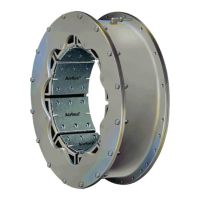
